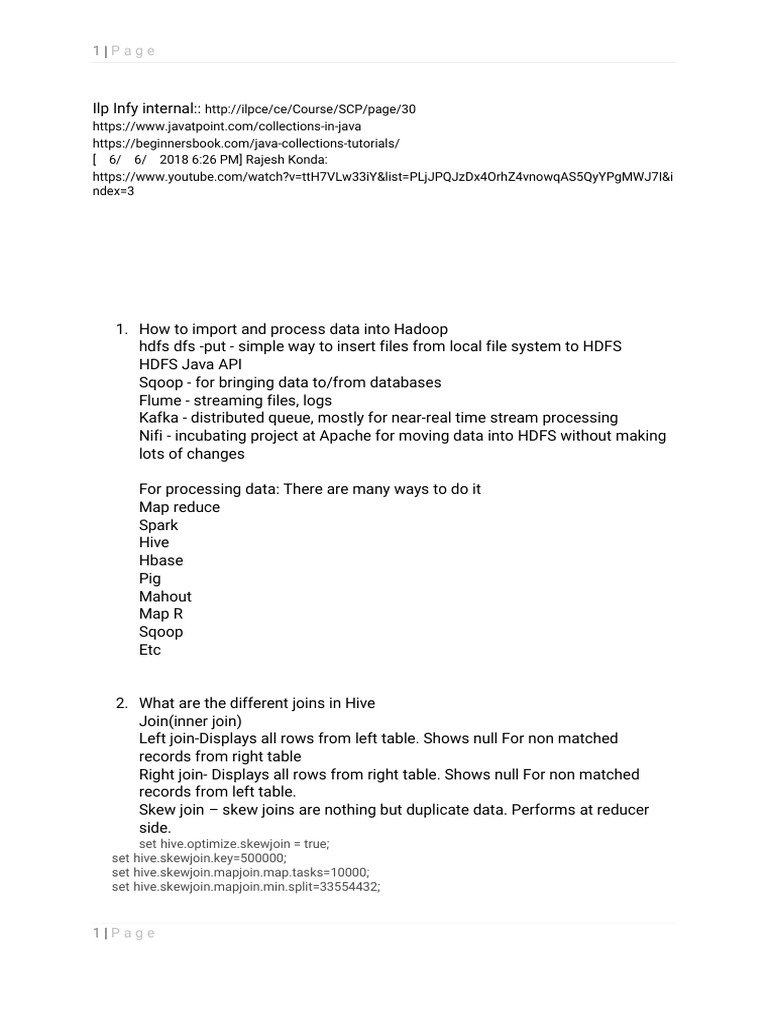UNDERSTANDING POROSITY FORMATION AND PREVENTION WHEN WELDING
Por um escritor misterioso
Last updated 16 junho 2024

Keyhole laser welding is a joining technology characterised by the high focussed power density applied to the workpiece, facilitating deep penetration at high processing speeds. High aspect-ratio welds produced using this process invariably have narrow heat-affected-zones and minimal thermal distortion compared with traditional arc welding processes. Furthermore, the ability to process out of vacuum and the easy robotic manipulation of fibre optically delivered 1?m wavelength laser beams, allow keyhole laser welding to process geometrically complex components. The widespread uptake of keyhole laser welding for the production of titanium alloy components in the aerospace industry has been limited by the stringent weld quality requirements. Producing welds with levels of subsurface weld metal porosity content meeting the required weld quality criteria has been the primary obstacle. Here, three techniques for controlling the levels of weld metal porosity when welding titanium alloys with Nd:YAG rod lasers have been developed. Characterisation of the welding processes using high speed photography and optical spectroscopy, have allowed an original scientific understanding of the effects these methods have on the keyhole, melt pool and vapour plume behaviour. Combining this with a thorough assessment of the weld qualities produced, has enabled the effects of these process behaviours on the formation of weld metal porosity to be determined. It was found that with the correct process parameters a directed gas jet and a dual focus laser welding condition can both be used to reduce the occurrence of keyhole collapse during Nd:YAG laser welding. The directed gas jet prevents the formation of a beam attenuating vapour plume and interacts with the molten metal to produce a stable welding condition, whereas the dual focus laser welding condition reduces fluctuations in the process due to an enlarged keyhole. When applied, both techniques reduced the occurrence of porosity in the weld metal of full penetration butt welds produced in titanium alloys. A modulated Nd:YAG laser output, with the correct waveform and modulation frequency, also reduced the occurrence of porosity in the weld metal compared with welds produced with a continuous-wave output. This was a result of an oscillating wave being set-up in the melt pool which manipulated the keyhole geometry and prevented instabilities in the process being established. In addition, the potential for welding titanium alloys to the required weld quality criteria with state-of-the-art Yb-fibre lasers has been assessed. It was found that the high power densities of suitably focussed laser beams with excellent beam quality, were capable of producing low-porosity full penetration butt welds in titanium alloys without the techniques required for laser beams with a lower beam quality. These new techniques for keyhole laser welding of titanium alloys will encourage the uptake of keyhole laser welding for producing near-net-shape high-performance aerospace components. The advantages offered by this joining technology include high productivity, low heat input and easy robotic automation.
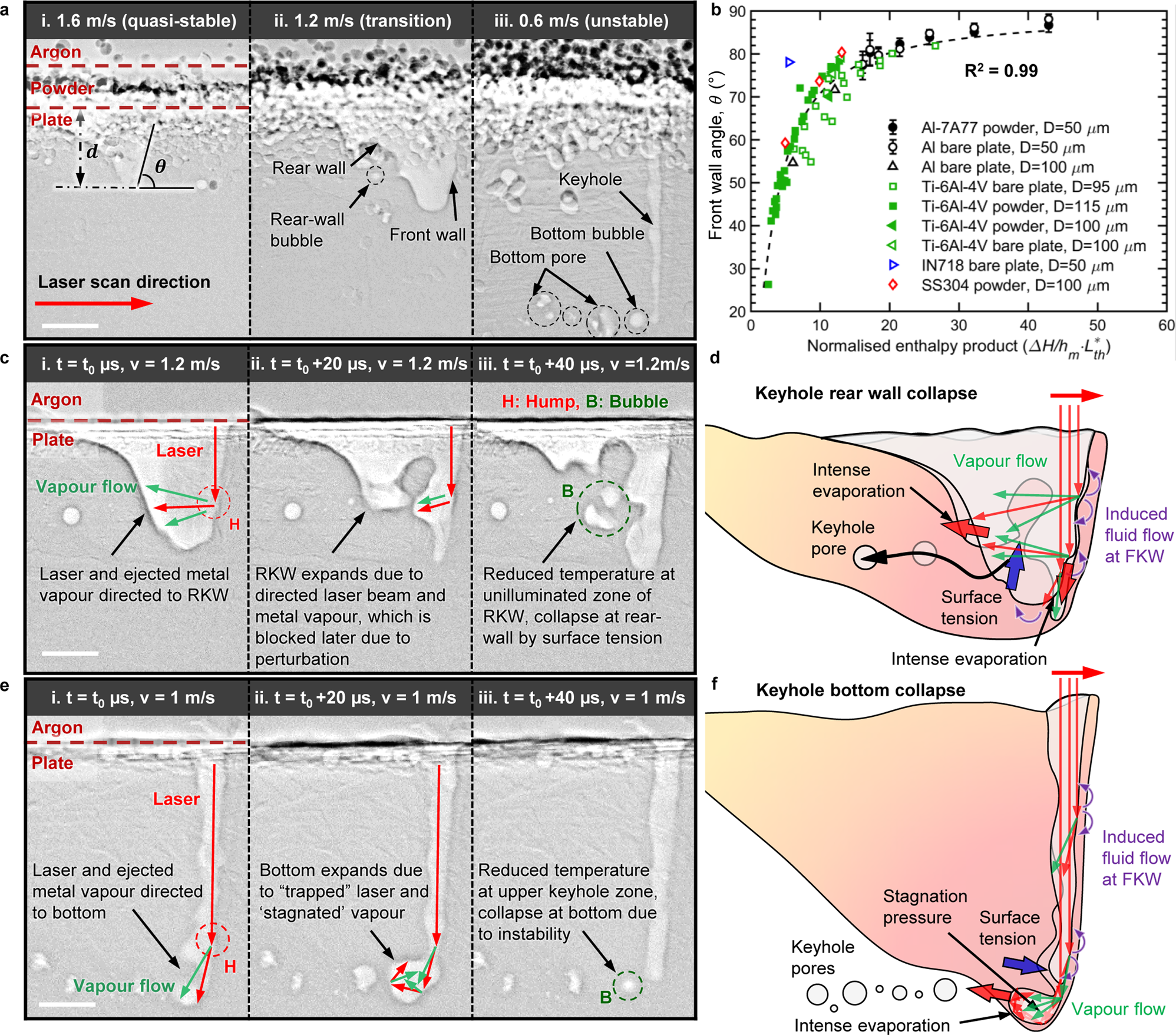
Keyhole fluctuation and pore formation mechanisms during laser powder bed fusion additive manufacturing

UNDERSTANDING POROSITY FORMATION AND PREVENTION WHEN WELDING TITANIUM ALLOYS WITH 1 ?m WAVELENGTH LASER BEAMS

Welding Porosity: Causes, Types, Effects and Solutions
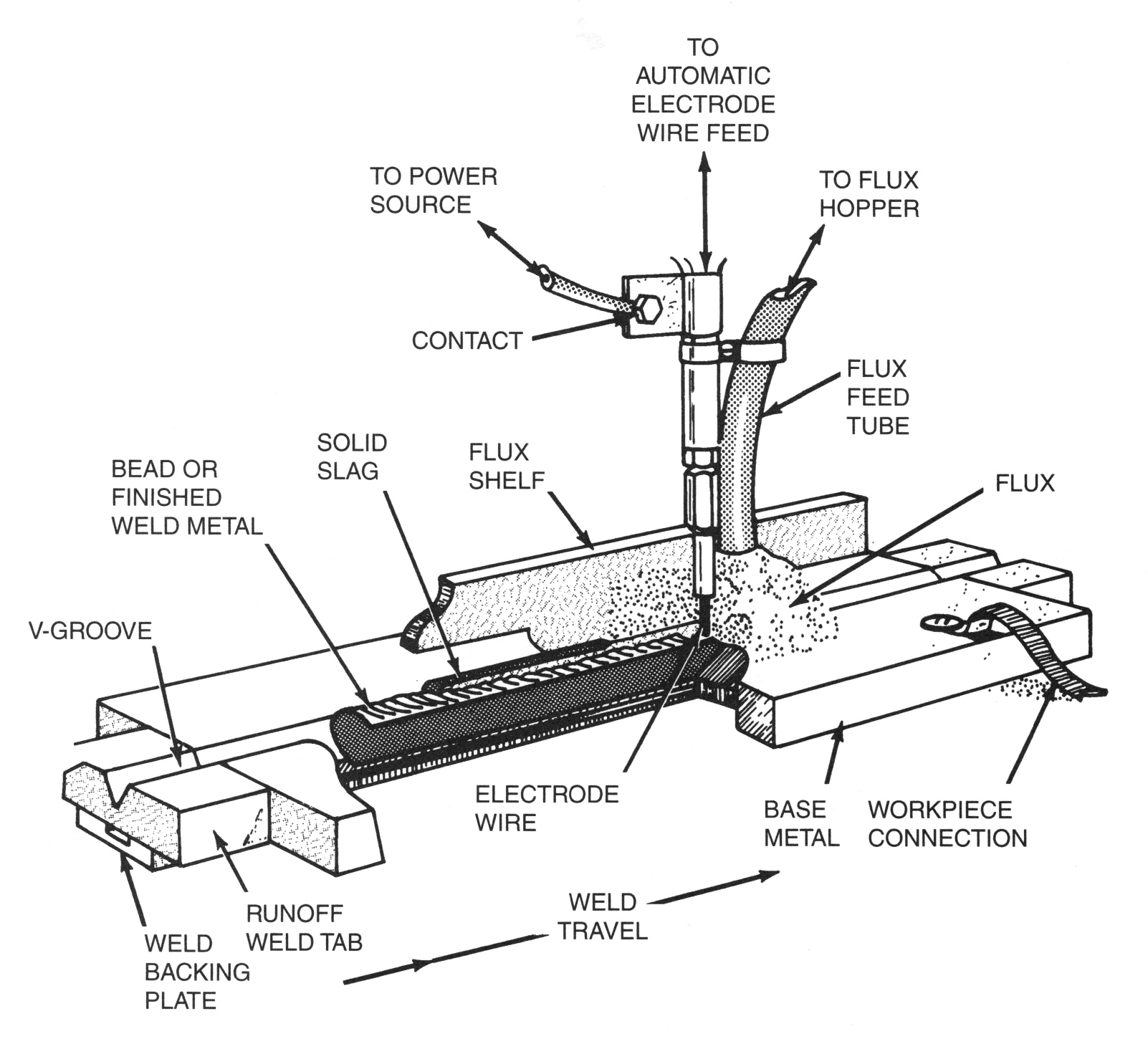
Submerged Arc Welding Quality Issues - FABTECH

Reduced hot cracking susceptibility by controlling the fusion ratio in laser welding of dissimilar Al alloys joints, Journal of Materials Research

Porosity BOConline UK

PDF) Porosity Formation and Prevention in Pulsed Laser Welding
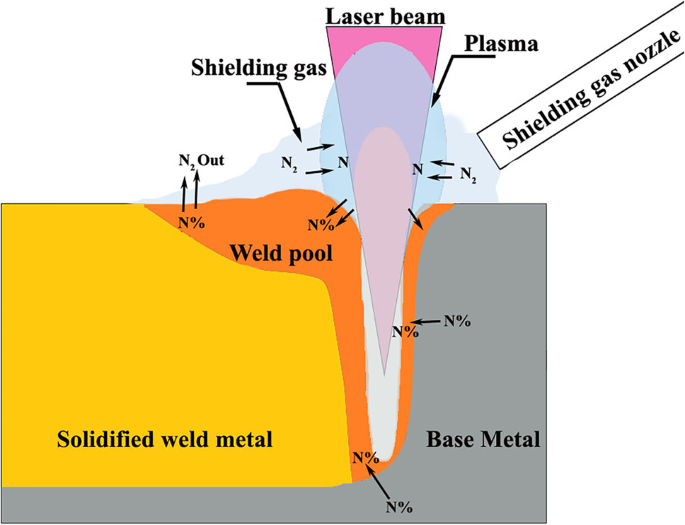
The influence of shielding gases on keyhole-induced porosity and nitrogen absorption in SS 304 stainless steel fiber laser welds

Mechanism of keyhole pore formation in metal additive manufacturing

UNDERSTANDING POROSITY FORMATION AND PREVENTION WHEN WELDING TITANIUM ALLOYS WITH 1 ?m WAVELENGTH LASER BEAMS

MMA Welding Quality: Understanding Common Problems - Welding & Welder
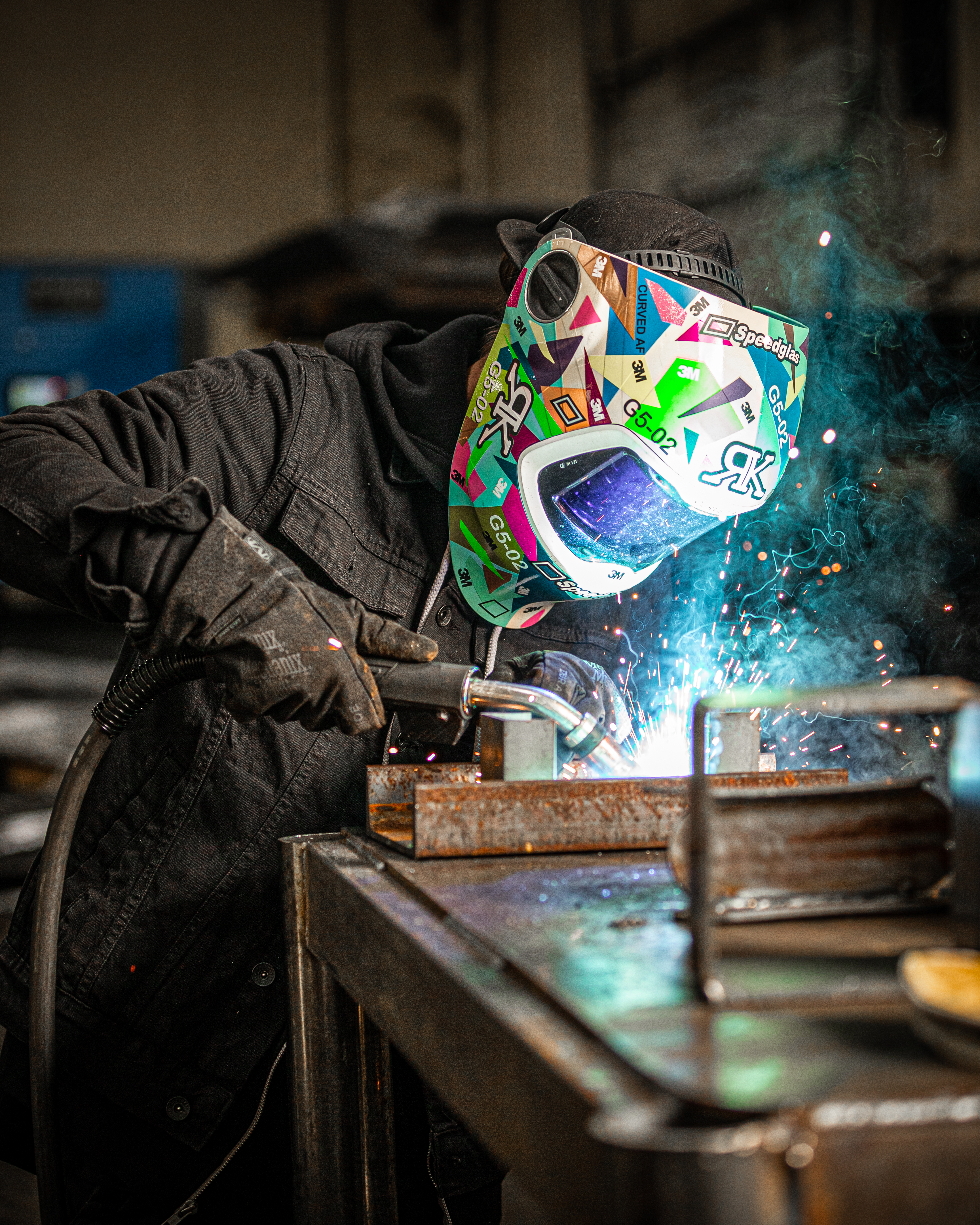
Gas metal arc welding - Wikipedia
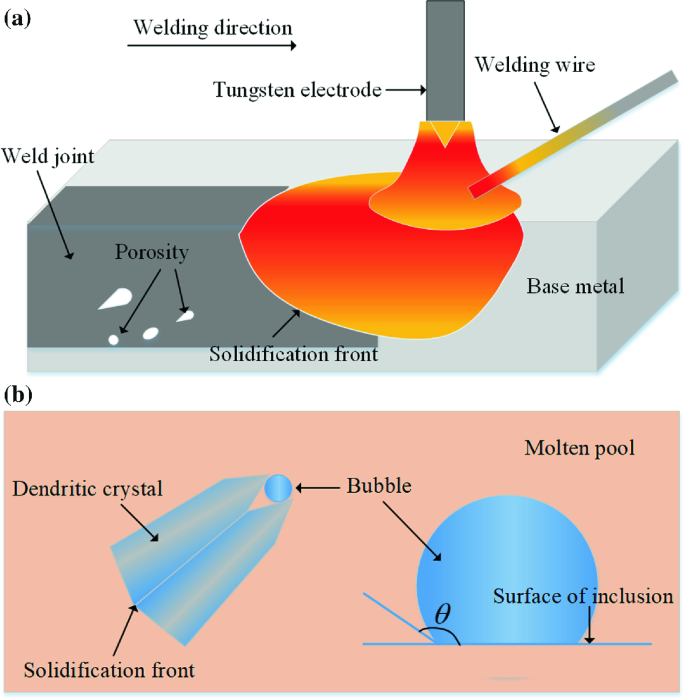
Formation Mechanism and Control of Porosity in GTAW of Al Alloys

How to Identify the 7 Most Dangerous Welding Defects
Recomendado para você
-
 SCP-10000 World of Anthros, Wiki16 junho 2024
SCP-10000 World of Anthros, Wiki16 junho 2024 -
 SCP-10,000 b-infinity is a keter it can destroy the planets in a16 junho 2024
SCP-10,000 b-infinity is a keter it can destroy the planets in a16 junho 2024 -
 SCP 10000 (The Log Cabin) - SECTION 2: SCP 10000 file - Wattpad16 junho 2024
SCP 10000 (The Log Cabin) - SECTION 2: SCP 10000 file - Wattpad16 junho 2024 -
 SCP-10000 #216 junho 2024
SCP-10000 #216 junho 2024 -
 SCP-2951: 10,000 Years16 junho 2024
SCP-2951: 10,000 Years16 junho 2024 -
1bhk for rent.. - For Rent: Houses & Apartments - 175055698716 junho 2024
-
 How to Defeat 10,000 SCP-096 CLONES! (MULTIPLAYER)16 junho 2024
How to Defeat 10,000 SCP-096 CLONES! (MULTIPLAYER)16 junho 2024 -
 Sequence type diversity and population structure of ESBL-producing16 junho 2024
Sequence type diversity and population structure of ESBL-producing16 junho 2024 -
Interview, PDF, Data16 junho 2024
-
 Appartement à vendre Troyes 10000 Aube - 2 pièces 48 m2 à 137150 euros16 junho 2024
Appartement à vendre Troyes 10000 Aube - 2 pièces 48 m2 à 137150 euros16 junho 2024
você pode gostar
-
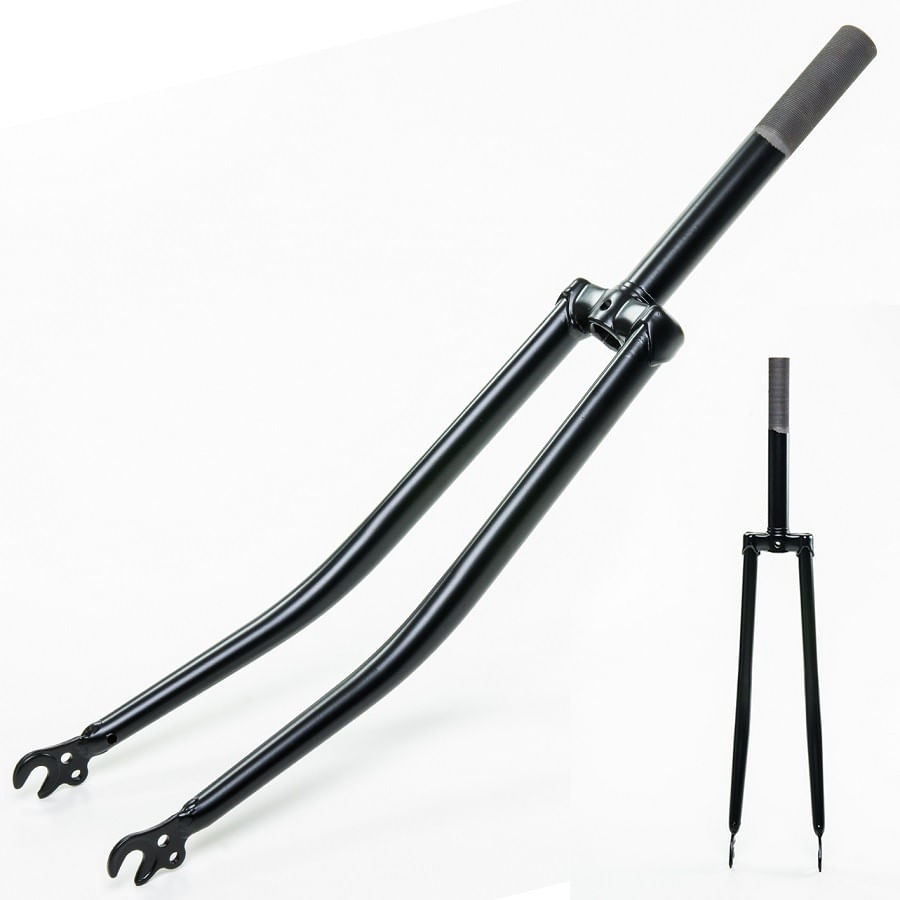 Garfo Rígido Standard Rosca Speed Caloi 10 Antiga < Eric Bike - ericbike16 junho 2024
Garfo Rígido Standard Rosca Speed Caloi 10 Antiga < Eric Bike - ericbike16 junho 2024 -
 Anime japonês Cosplay quimono conjuntos, fantasia feminina, Juuni Ayaki Rui, Aranha Padrão, Kimetsu No Yaiba - AliExpress16 junho 2024
Anime japonês Cosplay quimono conjuntos, fantasia feminina, Juuni Ayaki Rui, Aranha Padrão, Kimetsu No Yaiba - AliExpress16 junho 2024 -
 Detachable Rotary Latches Kit for Harley Street Glide FLHX 2006-2020 Aluminum16 junho 2024
Detachable Rotary Latches Kit for Harley Street Glide FLHX 2006-2020 Aluminum16 junho 2024 -
 I have created the greatest Roblox avatar ever. : r/TheDigitalCircus16 junho 2024
I have created the greatest Roblox avatar ever. : r/TheDigitalCircus16 junho 2024 -
 Yeh Pal MP3 Song Download - Kalyug16 junho 2024
Yeh Pal MP3 Song Download - Kalyug16 junho 2024 -
 Gengar Pokemon Face, HD Png Download , Transparent Png Image - PNGitem16 junho 2024
Gengar Pokemon Face, HD Png Download , Transparent Png Image - PNGitem16 junho 2024 -
 Casa de peppa pig, Casa de peppa, Peppa pig imagenes16 junho 2024
Casa de peppa pig, Casa de peppa, Peppa pig imagenes16 junho 2024 -
 The Evolution of ShellBot Malware: A Dive into Hexadecimal Notation16 junho 2024
The Evolution of ShellBot Malware: A Dive into Hexadecimal Notation16 junho 2024 -
 Zara - MAN SILVER EDT 80 ML (2.71 FL. OZ) MAN BLUE SPIRIT EDT 80 ML (2.71 FL. OZ). EAU DE TOILETTE SET OF TWO - Men's Cologne / Fragrance : Beauty & Personal Care16 junho 2024
Zara - MAN SILVER EDT 80 ML (2.71 FL. OZ) MAN BLUE SPIRIT EDT 80 ML (2.71 FL. OZ). EAU DE TOILETTE SET OF TWO - Men's Cologne / Fragrance : Beauty & Personal Care16 junho 2024 -
 Konami, Get Backers Wiki16 junho 2024
Konami, Get Backers Wiki16 junho 2024

